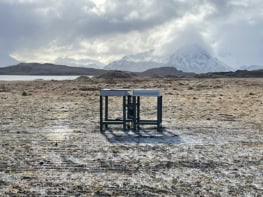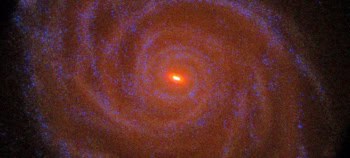
The Indian space agency, ISRO, successfully launched the country’s first mission to the Sun on Saturday. The Aditya-L1 mission took off from the Satish Dhawan Space Centre in Sriharikota in the state of Andhra Pradesh at 11:50 local time via a PSLV rocket.
Named after Surya — the Hindu god of the Sun who is also known as Aditya – the craft carries seven scientific instruments including spectrometers and particle analysers. It will use these to study solar activity, such as coronal mass ejections, and the effect the Sun can have on space weather on Earth.
”Congratulations to our scientists and engineers at [ISRO] for the successful launch of India’s first solar mission, Aditya -L1,” noted India prime minister Narendra Modi on Twitter. “Our tireless scientific efforts will continue in order to develop better understanding of the Universe for the welfare of entire humanity.”
The craft is now making its way to Lagrange point 1 – a point in space about 1.5 million kilometres from the Earth towards the Sun – where it is expected to arrive sometime early next year. It will then carry out a series of instrument calibrations before carrying out scientific observations.
Lunar progress
The launch of Aditya -L1 comes just weeks after India successfully landed its Chandrayaan-3 craft on the lunar south pole on 23 August. In doing so, the country became the fourth nation to achieve a soft-landing on the Moon following the US, the former Soviet Union and China. India launches Chandrayaan-3 mission to the lunar surface
Once the lander was safely on the surface and checks had been carried out, on August 25 it then released its Pragyan rover, which over the past two weeks has traversed over 100 meters studying lunar rocks and soils with its five instruments that include a laser and X-ray spectrometers.
The lunar rover and lander have now been parked and put into safe mode as that part of the Moon enters the lunar night. The lander and rover are set to be turned back on for 22 September to carry out further investigations.



